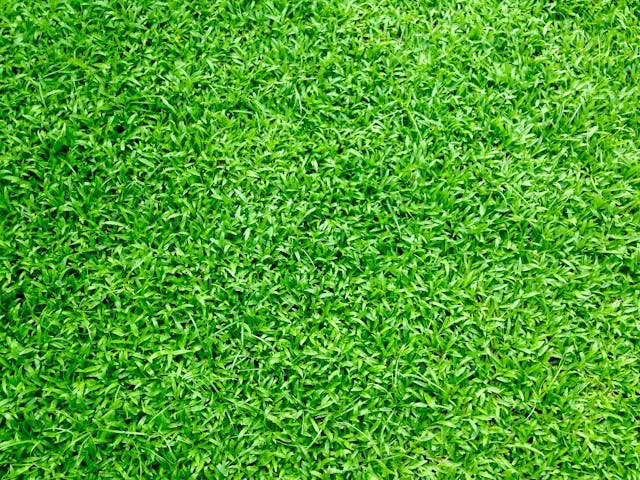Last Updated on April 17, 2024 by Nasir Hanif
Gardening enthusiasts and professional landscapers alike understand the importance of maintaining a healthy, weed-free environment for their plants to thrive. How can you ensure you’re prepared for invasive species threatening your carefully curated botanical spaces? A recognition herbicide kit is a fundamental tool in the battle against unwanted vegetation.
Creating your kit with carefully chosen components allows precision treatment and broad-spectrum control where necessary. These kits are designed not only for efficient weed elimination but also to ensure the safety of the desired flora and the sustainability of the environment. This article will review various tools and formulations that can identify and target specific weeds, preserving your garden’s biodiversity.
Table of Contents
Components of a Recognition Herbicide Kit
When piecing together a recognition herbicide kit, it’s essential to include several key items to identify and eradicate weeds effectively.
Quality Non-Selective Herbicide
Firstly, a quality, non-selective herbicide can be used for widespread weed issues, acting as a reset button in heavily infested areas.
Target Specific Areas with Selective Herbicides
Selective herbicides are also crucial, designed to target specific weed species without damaging the surrounding plants.
Surfactant to Help Herbicides Stick
A proper kit should also contain a surfactant, which helps herbicides stick to and penetrate the leaves of stubborn weeds.
Additional Supplies for Easy Application
These additional supplies will help keep you organized and provide easy application:
- Spray bottles
- Durable labels and a Sharpie for marking spray bottles
- Reliable gloves
- Protective eyewear
- A comprehensive weed identification guide
Safe Storage Practices for Your Herbicide Kit
Proper storage of your recognition herbicide kit is not just an organizational matter; it’s crucial to ensure the safety of your household and the longevity of the products. Herbicides should be kept in a cool, dry area away from direct sunlight to prevent degradation of the chemicals. It is equally important to make sure these substances are stored in a locked cabinet or shed, beyond the reach of children and pets, to prevent accidental ingestion or exposure.
Tightly seal your containers in their original packaging to avoid leaks and contamination. Furthermore, if you have mixed a non-selective herbicide for use and have some leftovers, remember to label it clearly and note the date of mixing. Labeling will help prevent using a potentially ineffective solution due to the age of the mix. Maintaining an inventory log can also be a helpful tool to keep track of your herbicide conditions and quantities, ensuring that proper maintenance is conducted and supplies are fresh.
Assembling Your Herbicide Kit for a Flourishing Garden
With the cornerstone pieces of your recognition herbicide kit in place, from non-selective formulas to specialized application tools, you are well-equipped to protect your garden from invasive weeds without harming your precious plants. Always bear in mind the significance of safe storage and meticulous labeling to ensure the longevity of your products and, crucially, the safety of those around you. By following these guidelines and using a comprehensive weed identification guide, you can maintain the health and aesthetic of your garden, create a space where flora can flourish, and take pride in the fruits of your labor and care.
Apart from this, if you are interested to know more about Best Lawn Care Tips then visit our Home Improvement category
